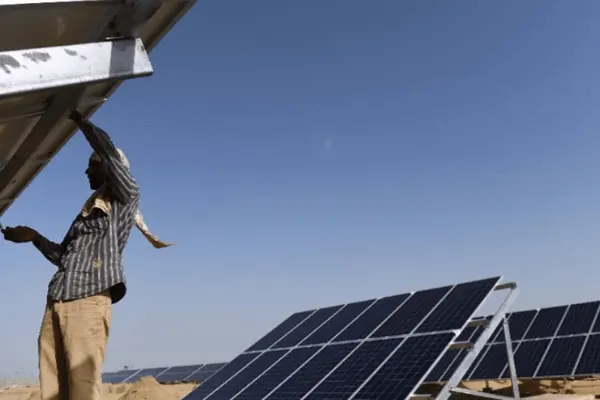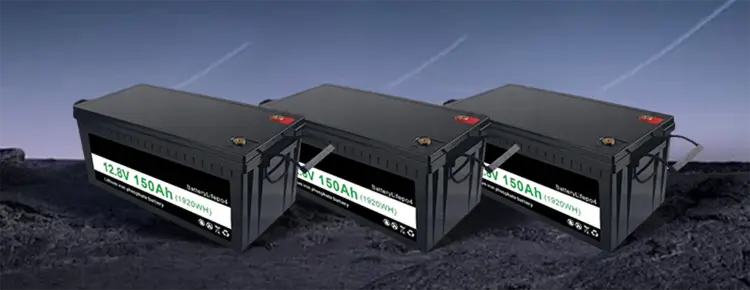
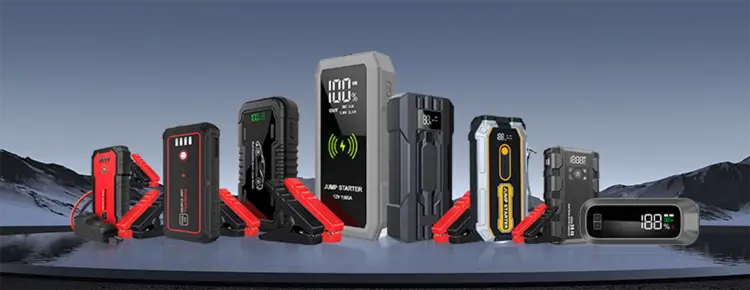
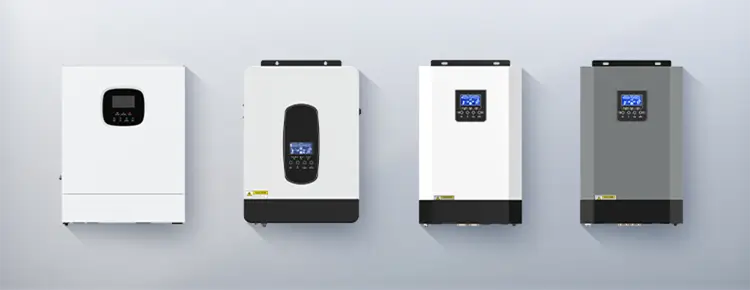

Blog
Hot Category
Latest Blog
21 Apr 2025
Eli
Charging LiFePO4 batteries using solar energy is an excellent option for off-grid power systems, RVs, marine applications, and home energy storage. However, charging time depends on a variety of factors, including solar panel capacity, battery size, weather conditions, and system efficiency. In this blog, we will analyze the key factors that affect charging time and provide a rough estimate.
1. Battery Capacity (Ah or kWh)
- The larger the battery capacity, the longer it takes to charge. For example, a 100Ah LiFePO4 battery at 12V has 1.2kWh of energy (100Ah × 12V = 1,200Wh).2. Solar Panel Power (W)
- The higher the power, the faster the charging speed. A 200W solar panel can theoretically generate 200W of power per hour under ideal lighting conditions.3. Sunshine duration (peak sunshine duration)
- Solar panels do not operate at full capacity all day. Most areas have 4-6 hours of peak sunshine duration (equivalent to full power sunshine).4. Charge controller efficiency (PWM vs. MPPT)
- MPPT controllers are about 20 - 30% more efficient than PWM controllers, and can extract more power from the solar panel. - System losses (wiring, heat, etc.) can reduce efficiency by 10-20%.5. State of charge before charging (SoC)
- A fully depleted battery will take longer to charge than a 50% battery.
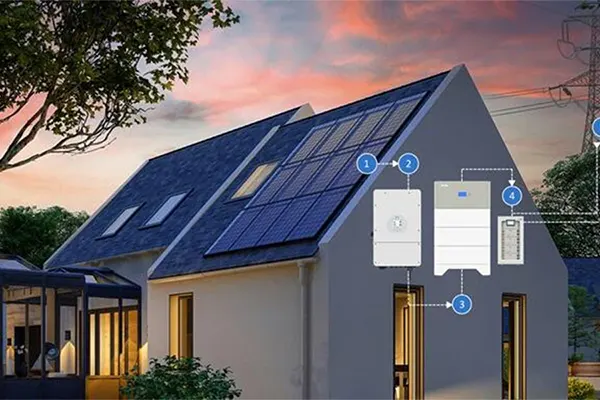
1. Use more solar panels - increasing power will reduce charging time.
2. Choose an MPPT charge controller - more efficient than PWM.
3. Optimize panel angle–adjust the tilt for maximum sunlight exposure.
4. Avoid shading–even partial shading can significantly reduce output power.
5. Consider battery depth of discharge (DoD)–charging from 20% to 100% is faster than charging from 0% to 100%.
